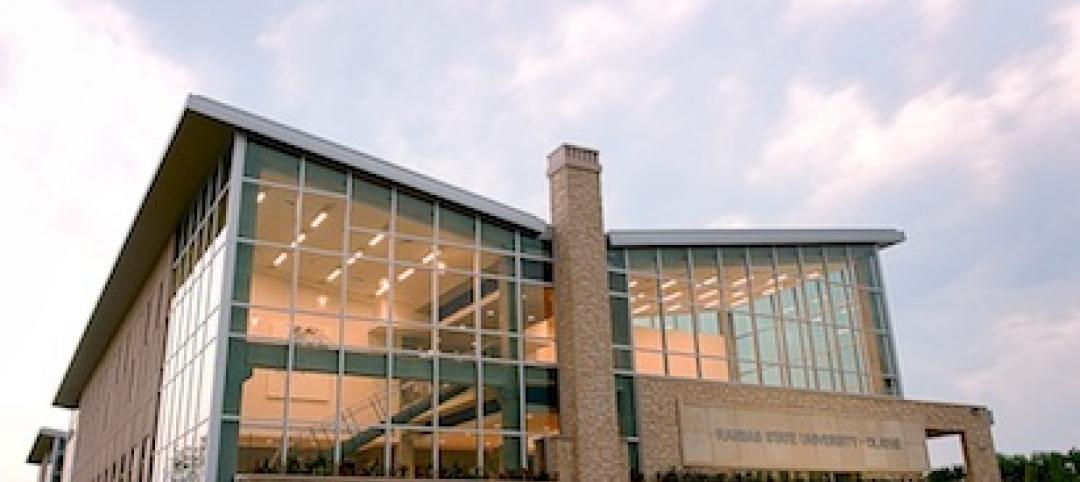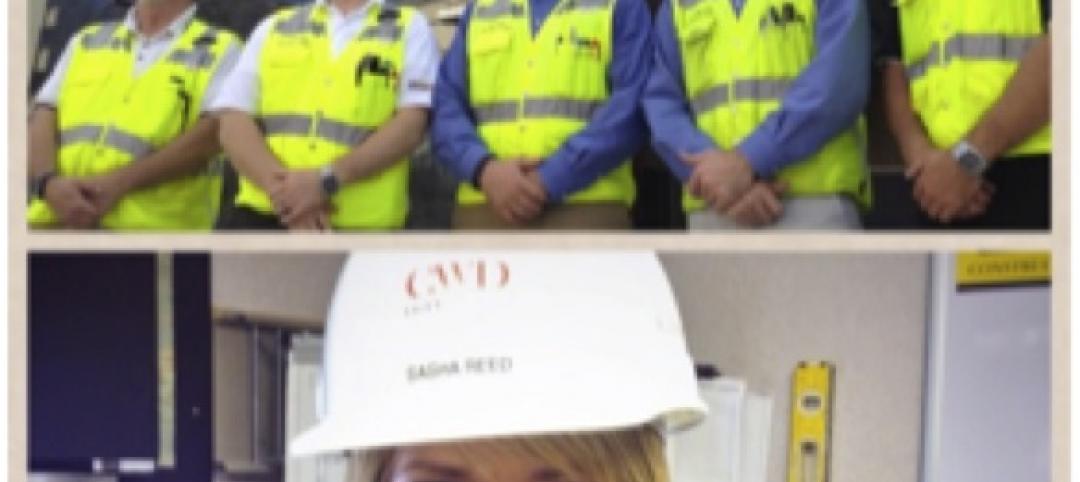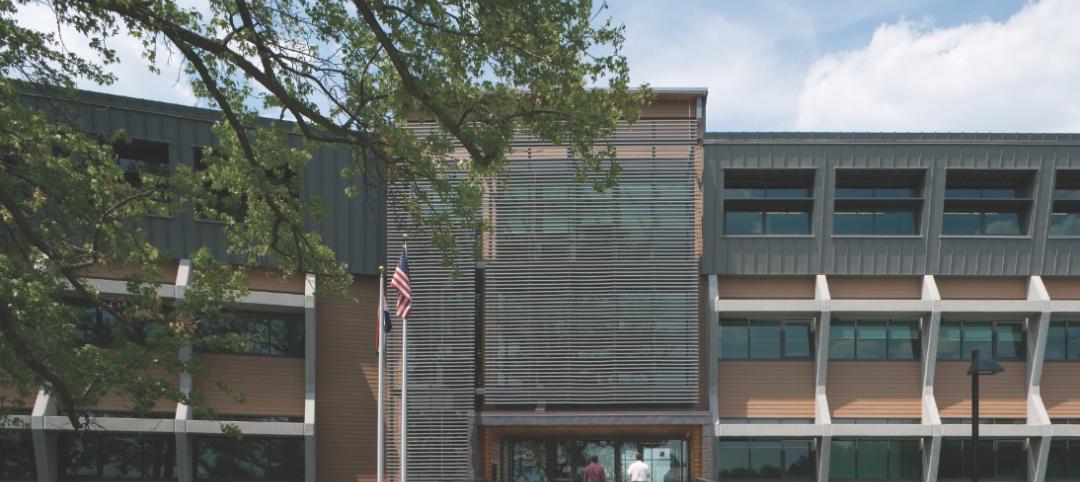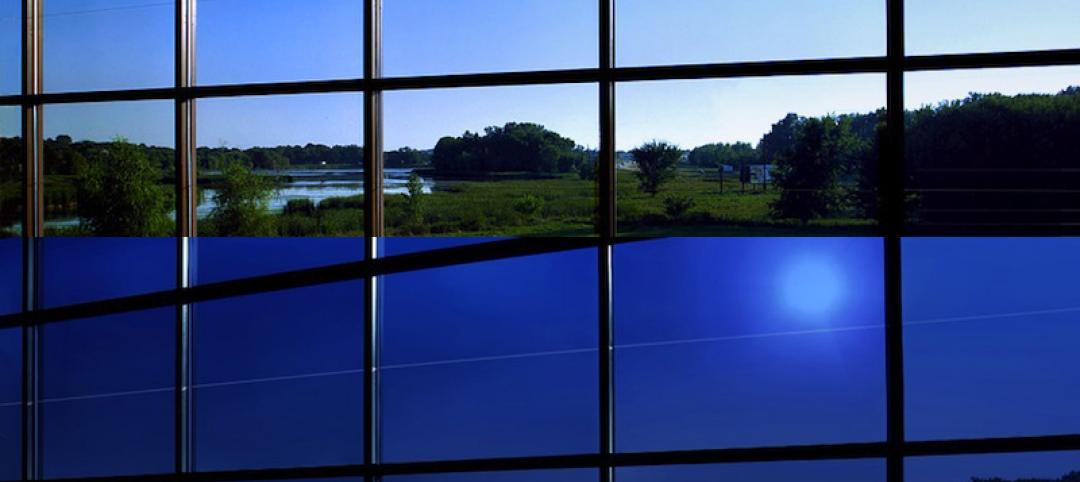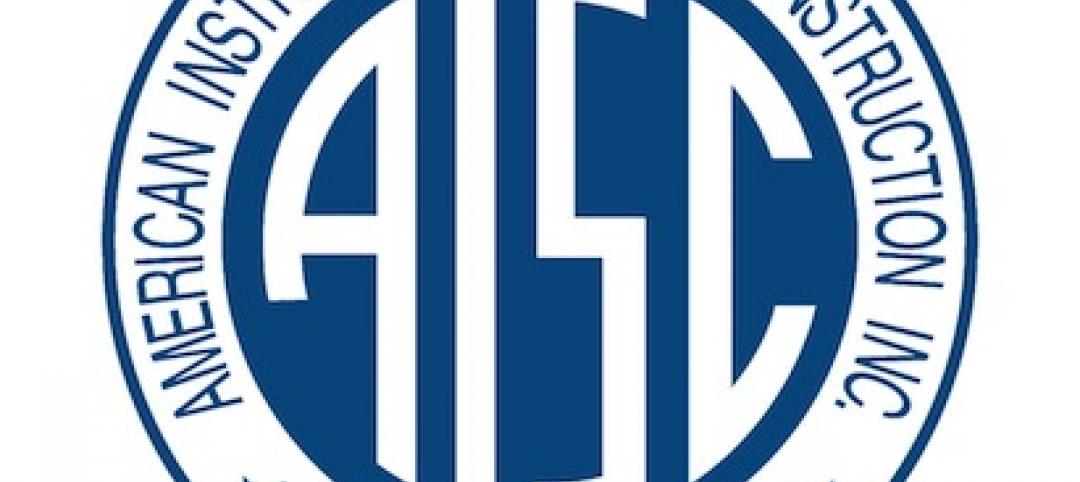Gensler recently published its 2014 Design Forecast, which covers the trends the company believes will dominate design over the next decade.
In all, 44 trends are covered in the report, as are six “meta-trends” that define Gensler’s overall outlook on the future of design. The report divides design into 22 focus areas.
The meta-trends cover the workplace, wellness, technology, urbanization, globalization, and development. In a nutshell: cities are becoming the vortex of massive growth, urbanity will become more intertwined with mixed-use buildings, and technology will influence how people experience places where they live, work, and relax.
Design will be expected to make wellness a part of everyday living, and workplaces will begin to address the problems of mobility and collaboration. Finally, companies in Latin America, Asia, and the Middle East will likely expand into new markets.
Here are some of the 44 trends we found interesting. For the full report, you can click here.
Workplace
2. Toward a next-gen workplace
As a new cohort—bigger than the Boomers—gets to work, the office workspace will be reshaped. The line between work and city will blur as towers and campuses mix in “community.” Coworking space, with its informal and collaborative ethos, will scale up. “Smart” environments will take hold. Attracting this young and creative generation will be a shared goal of cities and employers.
Commercial Office Developers
4. A building type in flux
Emerging tenant demands challenge conventional approaches to vertical transportation, egress, floor-to-floor heights, and occupancy metrics. Higher densities, greater utilization, and 24/7 use mean more robust infrastructure for new buildings. Low-voltage current and the cloud simplify it for some users, making older buildings easier to convert to meet the needs of office tenants.
Corporate Campuses
7. Shifting views on headquarters
Silicon Valley continues to favor suburban campuses, even though the tech workforce lives urban. Yet other companies are following the broader trend of locating close in, often in areas overlooked by financial companies and professional services firms. Energy companies also favor the suburbs, but a few of them are opting for several locations that face their global markets.
Media
14. The media industry’s growing impact
Media now includes all forms of interpersonal communications, entertainment, and interactive technologies. It comprises both conveying information and sharing it. The emerging media industry reflects how content and delivery are fused together. It is changing the competitive landscape and challenging other industries’ business models and use of physical space.
Entertainment
19. Total immersion steals the show
People are seeking immersive environments that take them to new places. Large-scale theme parks and themed attractions are appearing in the Gulf, China, and Turkey. Casinos take on spectacular new forms or recall exotic locations. Even cinemas offer high-end experiences. While technology is part of it, the settings and sensory engagement are the main events.
Retail Centers
21. The imperative to connect
Retail centers are pulling out the stops to connect with shoppers, both by curating the mix to reflect local tastes and by layering in activities—a full calendar of farmers’ markets, concerts, craft and maker fairs—and amenities that their target markets will appreciate. The aim is to increase the touch points with shoppers so a center is on their map and worth return visits.
22. The city as mall, the mall as city
Urbanization is shifting retail centers to the urban core as retailers focus on dense,transit-served districts. In established urban markets with a lot of infill sites, retail centers are shrinking. They’re also engaging the street rather than turning their backs on it. In other markets, the scale is much bigger, but the feeling is urban and walkable, activated by density and events.
Retail
24. Brick-and-mortar stores will persist
Although their overall contribution to retailer revenues is declining, stores will persist because they offer brick-and-mortar retailers a way to differentiate themselves from online shopping. To shrink stores and decouple inventory and delivery from the hands-on, tech-augmented experience of stores, sales staff, and goods, retailers will need to integrate and orchestrate their different retail channels.
Tall Buildings
25. Tall buildings are mixed use
To minimize investment risk and activate the larger setting, the trend in tall buildings is to mix headquarters-quality office floors with hotel, residential, retail, cultural, and community spaces. Separate access is important—and VIP access is crucial in China. The retail podium, sky gardens, shared-amenity floors, and public club/observation spaces all support round-the-clock vertical living.
Mixed Use
28. Everything comes in combination
The necessity of mixed use is such that even specialists in single-use development look for ways to introduce it in their own projects or capitalize on it in the adjoining district. The value it brings, even in suburban towns, has as much to do with social connectivity as destination value. Transit is often in the mix, but the mix is richer, denser, finer-grained, and more dynamic and unpredictable.
Planning & Urban Design
35. The rise and rise of the metropolis
Growing urbanization means that metropolitan regions are the engines of the wider economy. They have to balance the demands of the future with the realities of the present, and contend with very different challenges. Planning for a metropolis will mean engaging with it over time, influencing the short term with a longer-term perspective. It will also require a global toolkit.
Aviation & Transportation
43. The passengers reign supreme
People want their airports back. In a post-9/11 world, their desire for more pleasurable air travel will compel airports to cater to passengers’ varied needs and wants. New levels of comfort and calm will elevate the total experience. Airports will look beyond aviation, finding inspiration in hospitality, entertainment, retail, and brand design to meet passengers’ raised expectations.
44. Urbanization boosts connectivity
As rising urbanization increases density, regions will push for greater connectivity. Airports will be the global portals of metropolitan and intercity transit systems, including high-speed rail. Airports will be destinations and urban centers in their own right, spurring a host of new uses that can leverage their strategic importance as a converging point—the long-forecast airport city.
Related Stories
| Sep 26, 2013
Literature review affirms benefits of daylighting, architectural glazing
The use of glass as a building material positively impacts learning, healing, productivity and well-being, according to a white paper published by Guardian Industries and the University of Michigan Taubman College of Architecture and Urban Planning. The findings highlight the significant influence daylighting and outside views have on employees, workers, students, consumers and patients.
| Sep 26, 2013
Mobilizing your job site to achieve a paperless project: fact or fiction?
True mobility in the field has rapidly evolved from lock-box kiosks on each floor to laptops on rolling carts to tablets and iPads loaded with drawings sets stored in the cloud. And WiFi-ready job sites have gone from “nice to have” to “must have” status in just a little over a year.
| Sep 26, 2013
Leading in the face of change
As AEC firms navigate toward an uncertain future, the most effective leaders are those who eagerly adapt to change. Here are three attitudes that drive leaders who are of most value to their firms.
| Sep 23, 2013
The art of rewarding employees
What’s the best way to reward those employees who go the extra mile, particularly when it’s not always feasible to give large financial bonuses? According to author and “recognition expert” Dr. Bob Nelson, the most effective employee rewards are also the least expensive.
| Sep 23, 2013
Six-acre Essex Crossing development set to transform vacant New York property
A six-acre parcel on the Lower East Side of New York City, vacant since tenements were torn down in 1967, will be the site of the new Essex Crossing mixed-use development. The product of a compromise between Mayor Michael Bloomberg and various interested community groups, the complex will include ~1,000 apartments.
| Sep 20, 2013
August housing starts reveal multifamily still healthy but single-family stagnating
Peter Muoio, Ph.D., senior principal and economist with Auction.com Research, says the Census Bureau's August Housing Starts data released yesterday hints at improvements in the single-family sector with multifamily slowing down.
| Sep 19, 2013
What we can learn from the world’s greenest buildings
Renowned green building author, Jerry Yudelson, offers five valuable lessons for designers, contractors, and building owners, based on a study of 55 high-performance projects from around the world.
| Sep 19, 2013
6 emerging energy-management glazing technologies
Phase-change materials, electrochromic glass, and building-integrated PVs are among the breakthrough glazing technologies that are taking energy performance to a new level.
| Sep 18, 2013
Annual SteelDay to include 125 free events around the U.S.
Hosted by the American Institute of Steel Construction (AISC), its members and partners, SteelDay invites the AEC community and the public to see the contributions the industry has made in the design and construction of steel buildings and bridges.
| Sep 18, 2013
WHR Architects opens first European office, in Copenhagen
WHR Architects has opened its first European office in Copenhagen, Denmark. The decision to locate in the Danish capital was spurred by the Danish healthcare system’s initiative to renew and expand their facilities across the country.



